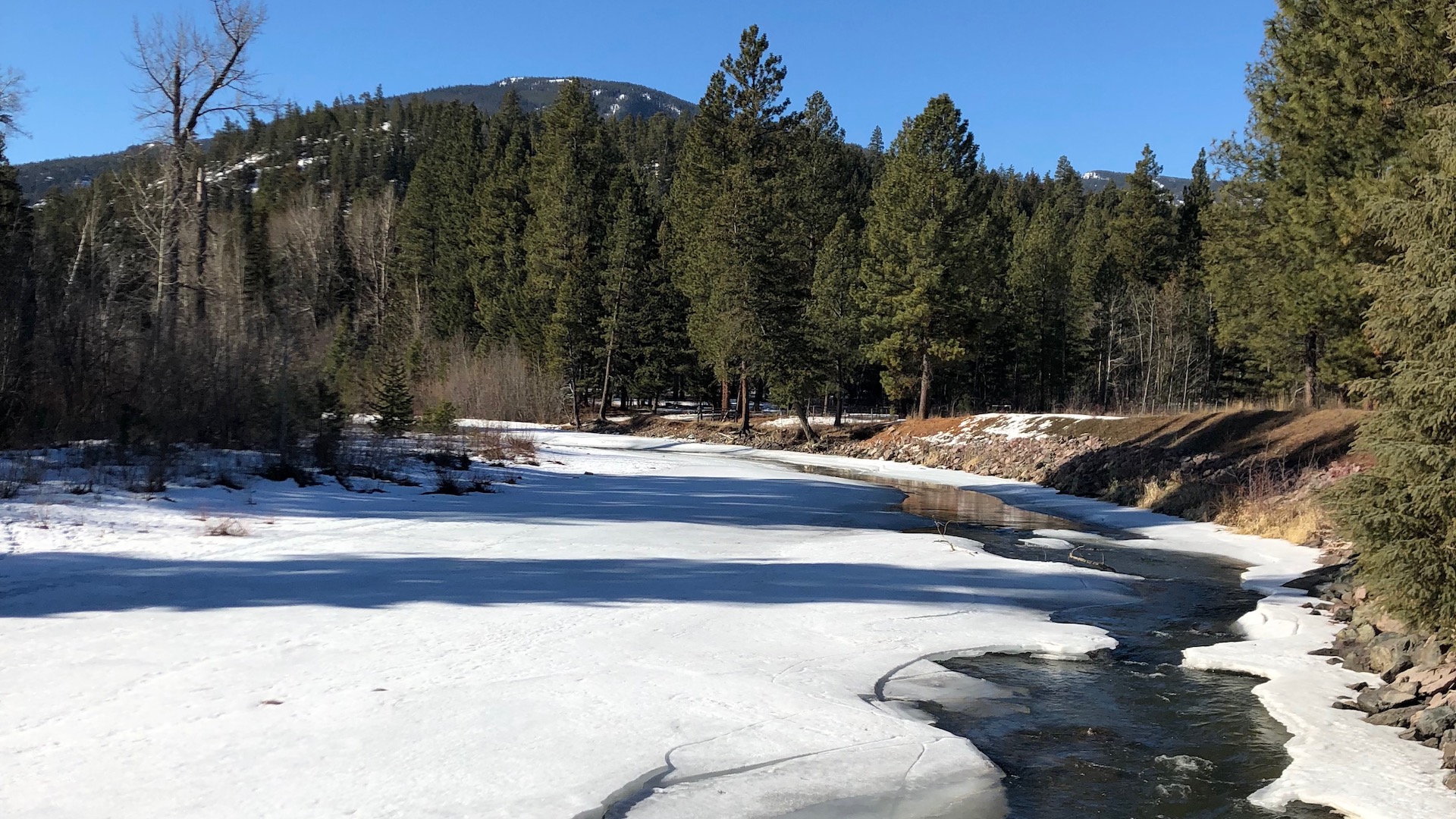It’s been a weird week in British Columbia politics. Early in the week, I was on Salt Spring Island to celebrate the ground turning for the much-needed Salt Spring Commons housing, this is the feature of my blog post tomorrow. Unfortunately, the forestry and fishery files I have been working on overshadow that positive story.
There is irony in the provincial government’s decision to protect the 54 individual old-growth trees as I highlighted in my post yesterday and in the announcement late last week that the Thompson and Chilcotin River steelhead will not be added to the federal species at risk (SARA) list. In 2018 the Committee on the Status of Endangered Wildlife in Canada (COSEWIC), an advisory body to government, assessed both the Thompson and Chilcotin steelhead and recommended an emergency order to put the fish on the endangered list. The Chilcotin steelhead run had a total of 58 fish.
The Thompson are faring only slightly better. The count this spring was up to 216 from 150 in 2018, however the species is deemed to be of an “extreme conservation concern” when the population drops below 430. In the latest count, the Chilcotin have also grown, but there are still only 120 fish. In the end, the federal and provincial governments considered the cost-benefit analysis of listing them – the impact on commercial fishing and as a potential impediment to the Trans Mountain pipeline expansion, which runs directly through some of the most important Thompson steelhead habitat – and decided against listing them.
Conflicting interests
There is no doubt that listing the steelhead would be a frustrating factor elsewhere. A SARA listing would make it illegal to kill, harm, harass, capture, possess, buy, sell or trade Thompson and Chilcotin steelhead, or to damage or destroy its residence (i.e. spawning beds). Not only are both these species facing declining habitats but the Thompson have been devastated as bycatch in the Pacific salmon fisheries. The mature fish return to the river to spawn at the same time as the chum salmon which are actively being pursued by the purse seine and gillnet fisheries. Those are the fisheries that the British Columbia Ministry of Agriculture recommend as “sustainable.”
This issue takes me back to the very beginning of my work on fish in the fall of 2017. We wrote a letter to Hon. Doug Donaldson, Minister of Forests, Lands, Natural Resources and Rural Development. When his response outlined that the responsibility was spread across multiple Ministries which all “lead” the file we made the decision to dig deeper. The steelhead issue was the source of my first couple of volleys in question period (here and here) on the topic.
So here we are. The federal and provincial governments have announced an action plan to protect the remaining fish. It includes a watershed restoration management and a fisheries management plan. Habitat is a central focus of our work and I commend the governments on the focus to improve the water flow and quality and to remove barriers to fish migration. On the fisheries side, the provincial recreational fishery is closed. The federal government is putting rolling closures (or rolling openings) for all commercial and Indigenous salmon fisheries on the migratory route. This is a “cross our fingers and hope for the best” plan.
No restraint
The most telling message from the federal government is this,
“Acting unilaterally to list these steelhead trout populations as endangered would not enable the Government of Canada to address key issues relating to land management, agricultural practises and water usage, for example, as these all fall within provincial jurisdiction. Further, an emergency listing would necessitate very broad restrictions and fisheries closures along the Fraser River that would have highly significant impacts on Indigenous communities and on recreational and commercial salmon fisheries.”
First, with respect to the provincial area of jurisdiction outlined in this statement, I cannot agree more. This has been a major point of focus for me and my BC Green Caucus colleagues. Land and water management practices in our province have been far from acceptable and are in critical need of reform: not more planning on paper but a complete re-wiring of their worldview. To the second part of the statement. Isn’t that the point of having a species at risk act? Isn’t it the last line of defence for species perilously close to extinction where we humans have not been able to show restraint? I have to ask, what is the point of SARA if not to impose broad restrictions on human activity?
After weighing the ecological, social and economic outcomes and not listing these steelhead populations on SARA I believe the government has made the decision that we are going to turn and look the other way while the steelhead trout go extinct. This species will be the political cost of our inability to restrain our commercial harvest and the overwhelmingly powerful drive of the Trans Mountain pipeline expansion plan of this desperate government.


Adam, thanks for the insight into the steelhead issue. Your comments on the need for major changes to improve land and resource planning and management in this province are right on. Keep up the good work in the legislature to keep this in the public eye.
Sickening, gutless, odious decision. I want to puke.